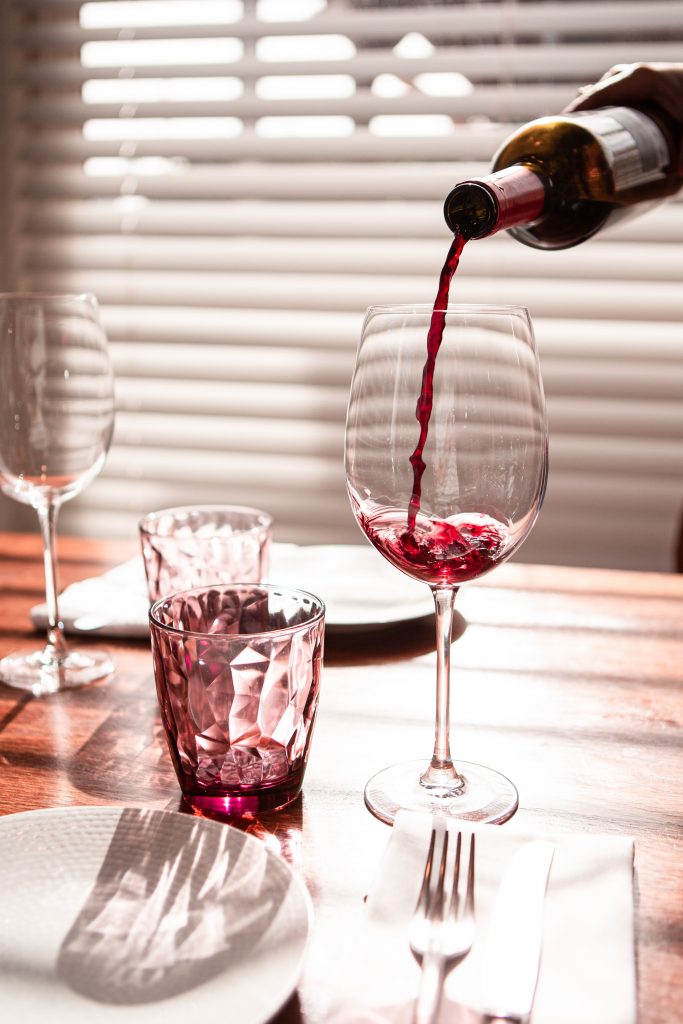WINE IN SHELLS

Wine lovers often try new wine notes, and this branch of tourism is extremely represented in the Balkan countries, especially on the Adriatic coast.
In search of something that will additionally attract customers, winemakers from Dalmatia have surpassed all previous borders.
A few years ago, the owners of a Croatian winery came up with the idea of lowering the famous Peljesac wine to the bottom of the sea and waiting for a certain period of time to see what would happen.
They kept several bottles and amphorae on the seabed for two years, and the result is phenomenal, they got the most expensive wine in Croatia, which has been protected by a patent in the meantime.
The process of making this wine is initially no different from making other types. After aging in the cellar for at least three months, it is transformed into special clay amphorae such as those used in ancient Greece. They are placed in large cages and lowered into the sea, to a depth of at least 20 meters, where they have perfect conditions for maturation, at a constant 12-15 degrees, in semi-darkness, peace and quiet. The ripening process lasts for a full two years, during which the “divine drink” gets even an unusual aroma of pine.

During that period, divers check an average of 70 times that the sea water did not break through the amphorae. When taken out of the sea, in the winter, the bottles and amphorae are completely covered with shells and sea flora, which is the result of a natural process, so each of them is an unusual souvenir. The bottles are cleaned for several hours, by hand, free of seaweed and shells, followed by desalination and drying in a dark room with fans, and only then are they packed in wooden boxes, in which they are delivered to customers.
The way it matured affected the taste of the wine, so this “stored” at the bottom of the sea has softer and more rounded notes than those that are ripe in the cellar. Also, the percentage of alcohol has been reduced, and everyone who has tasted this red wine says that it reminds them of plum or cherry brandy.
Tamara Roksandić
Photographs: pixabay
